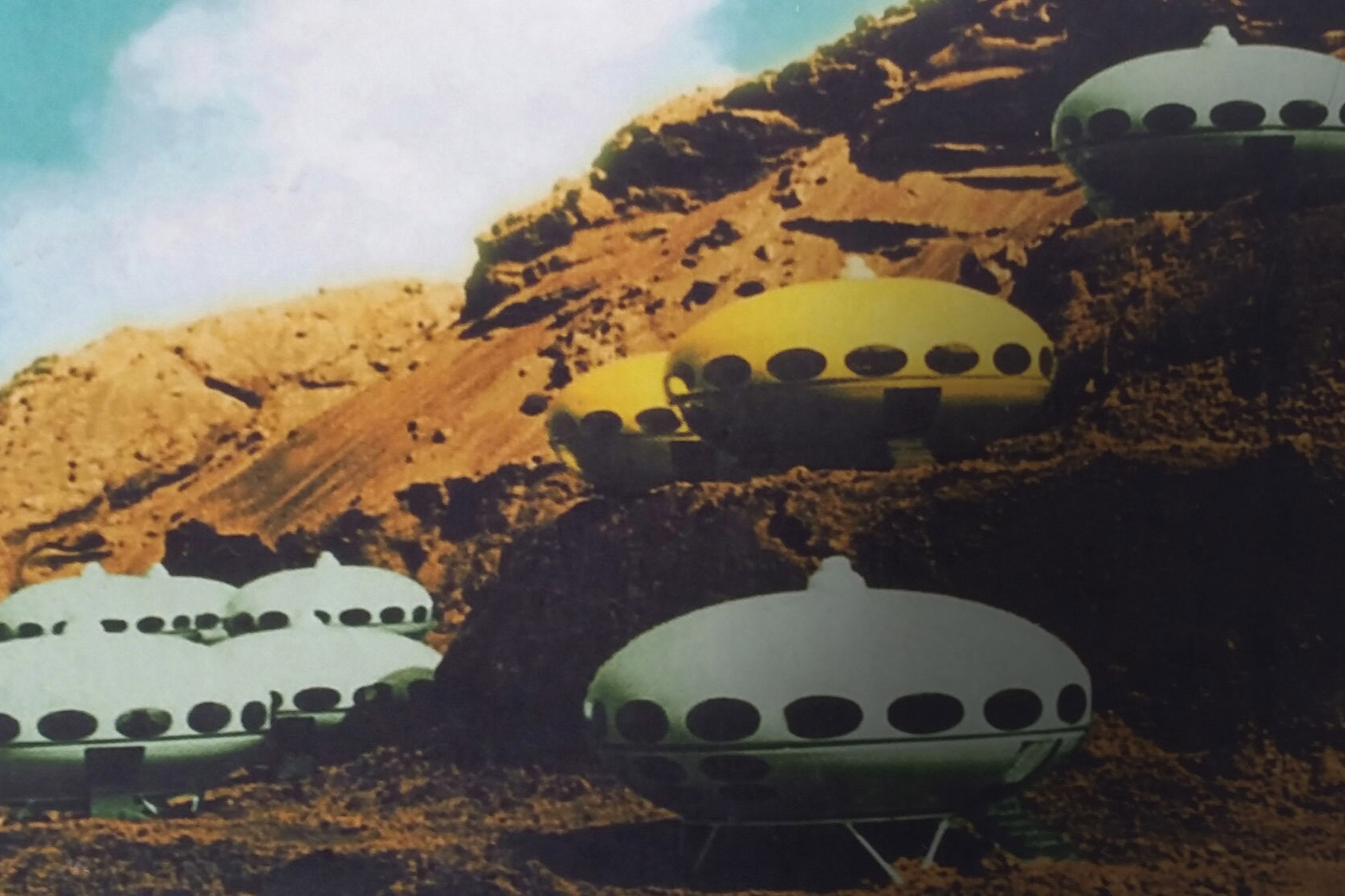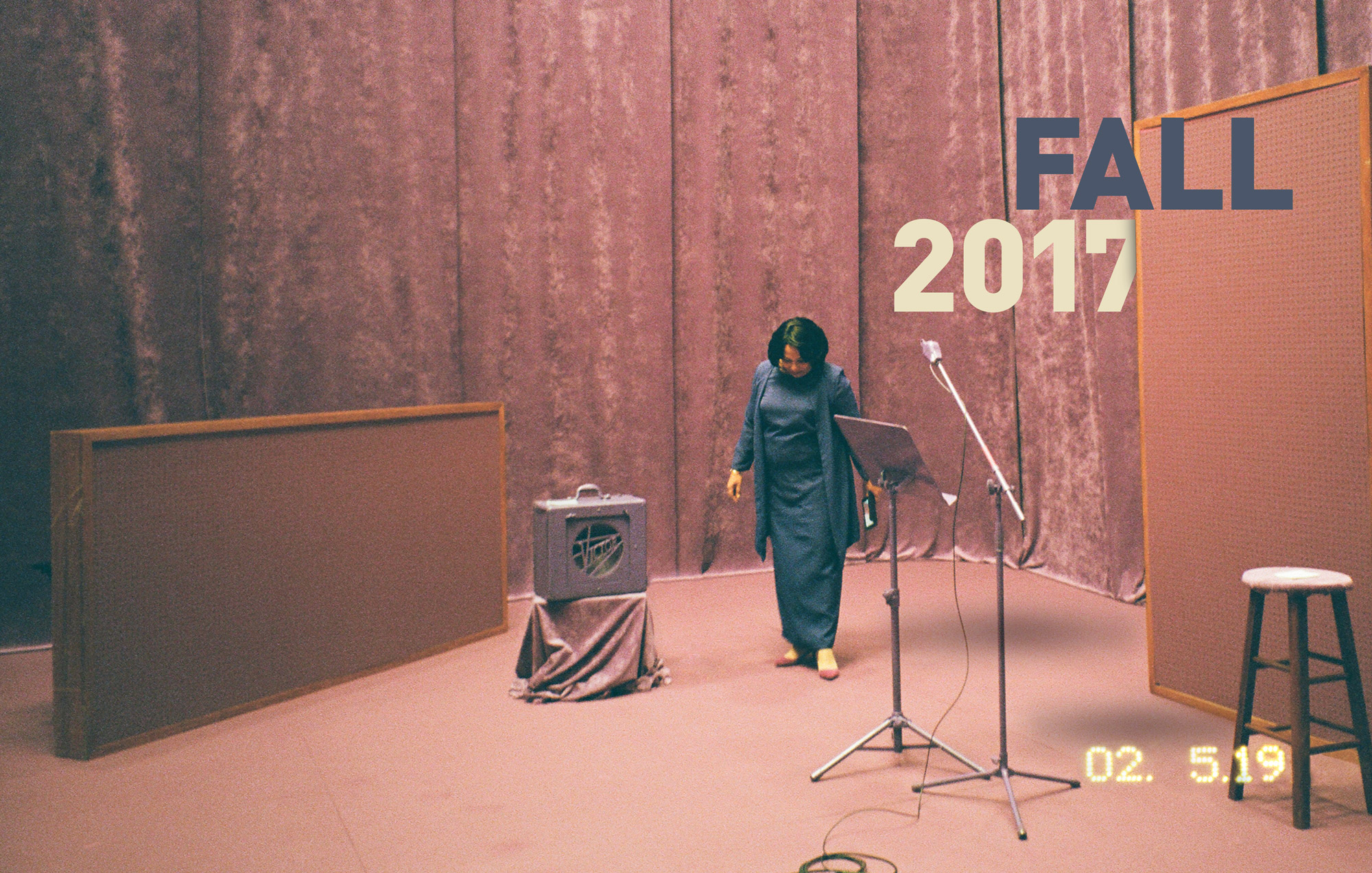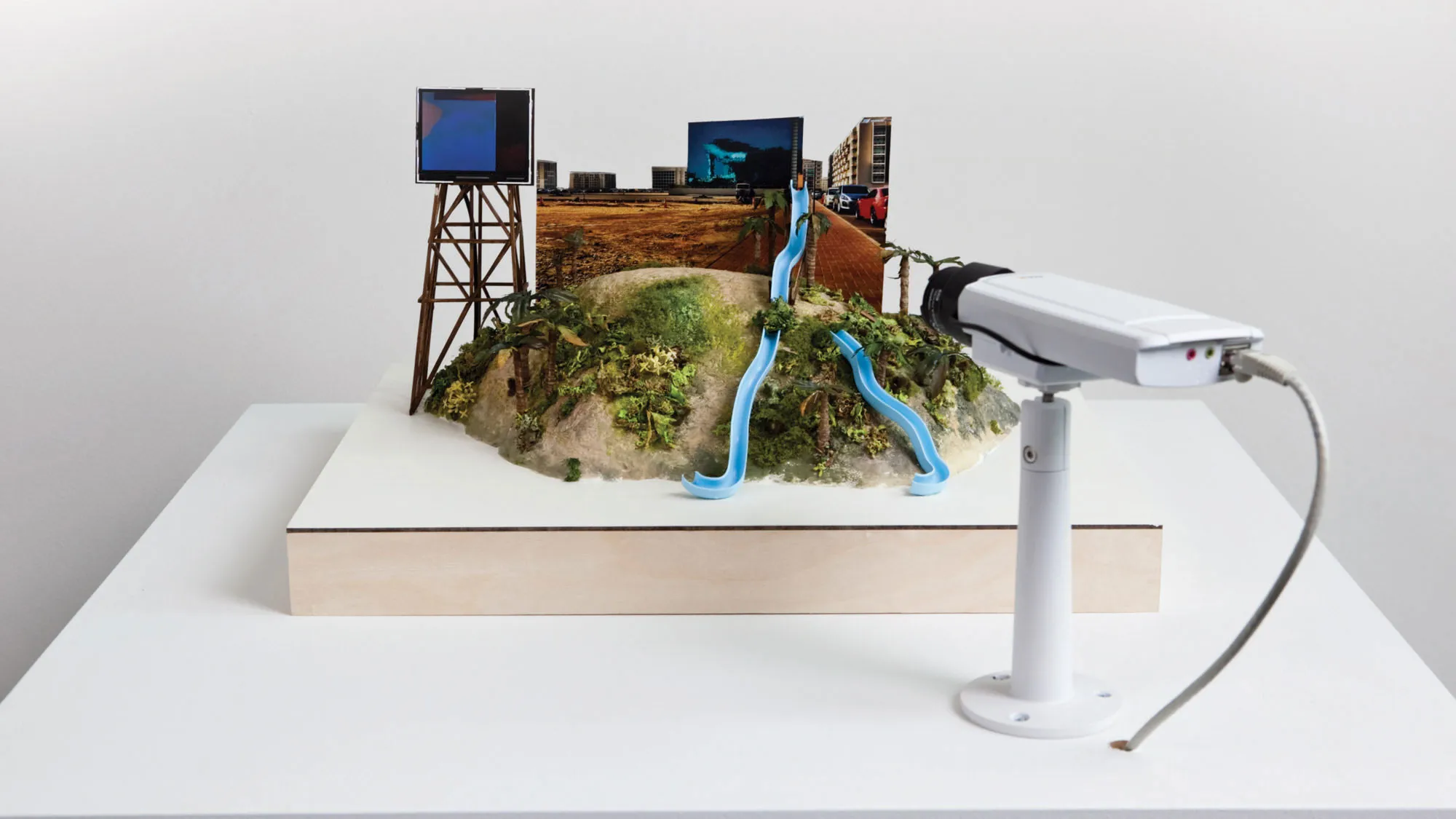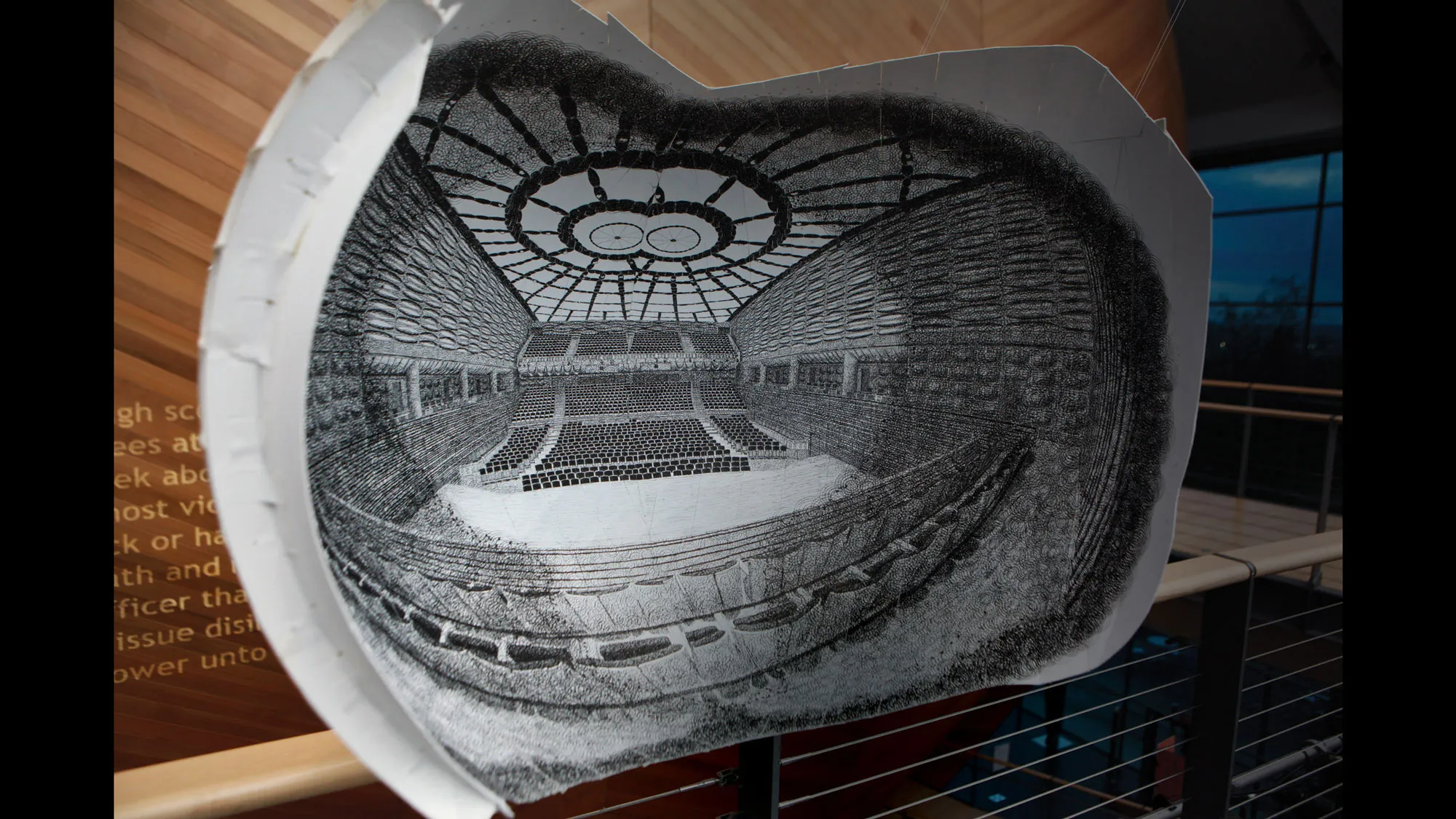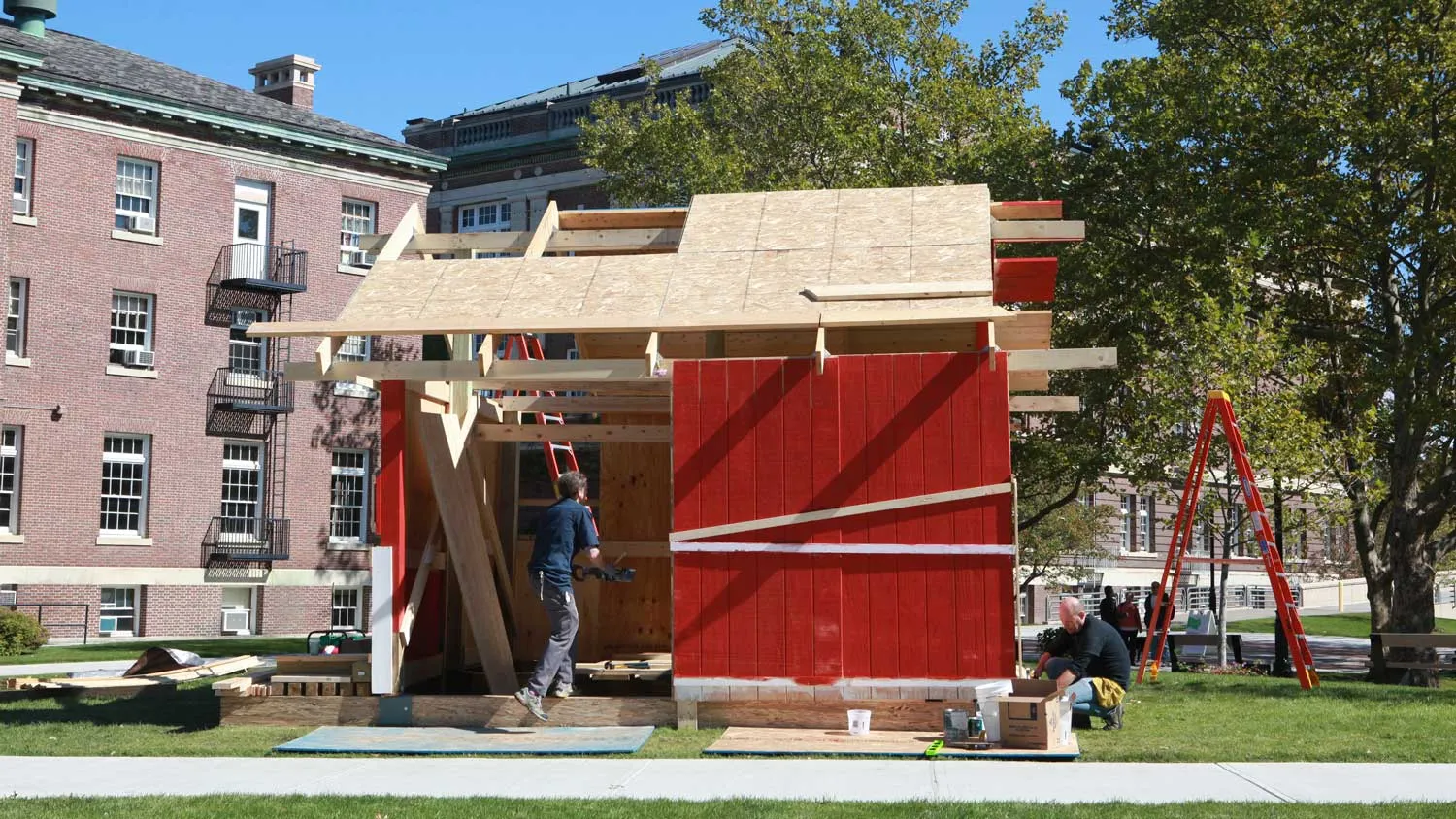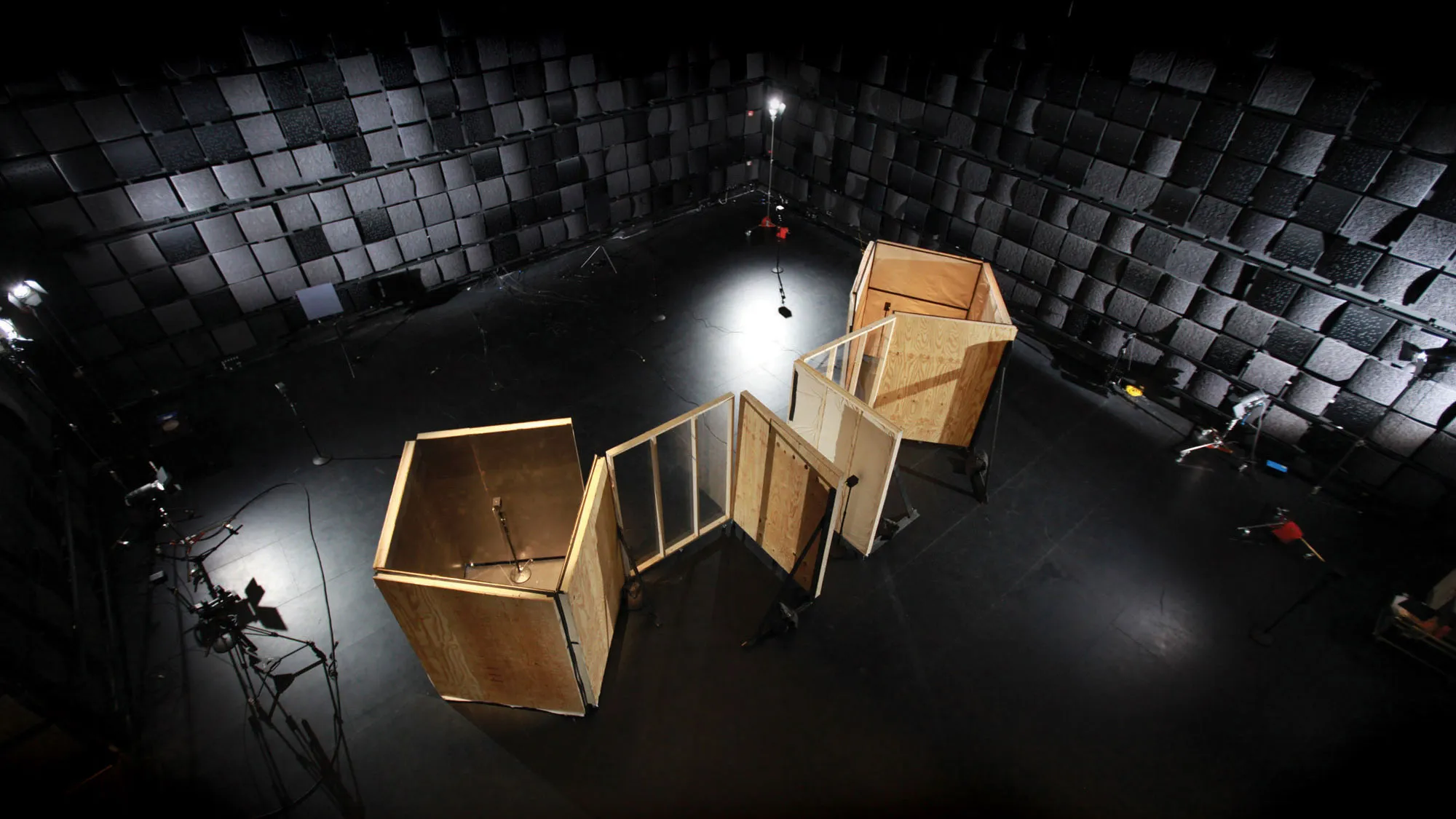
Jacqueline Kiyomi Gordon
In this work-in-progress installation, sound artist Jacqueline Kiyomi Gordon investigated how one’s perception of sound can be changed as he or she moves through space. Using an interconnected series of listening rooms, each built with a variety of materials (stone, metal, wood, cloth, etc.), Gordon created a perpetually shifting audio experience from diffused sound projected from a ring of loudspeakers. As listeners moved through the space, they were made aware of the parameters of the room and how they can actually control what they are hearing by altering their movement.
Gordon is a visual and sound artist who integrates audio technologies into sculptural forms to question relationships of affect to an environment. She has had solo shows at Yerba Buena Center for the Arts (2014), Pro Arts Gallery (2013, Oakland), Eli Ridgway Gallery (2012, San Francisco), and Queens Nails (2009, San Francisco). She is also a member of the music and performance collective, 0th.

